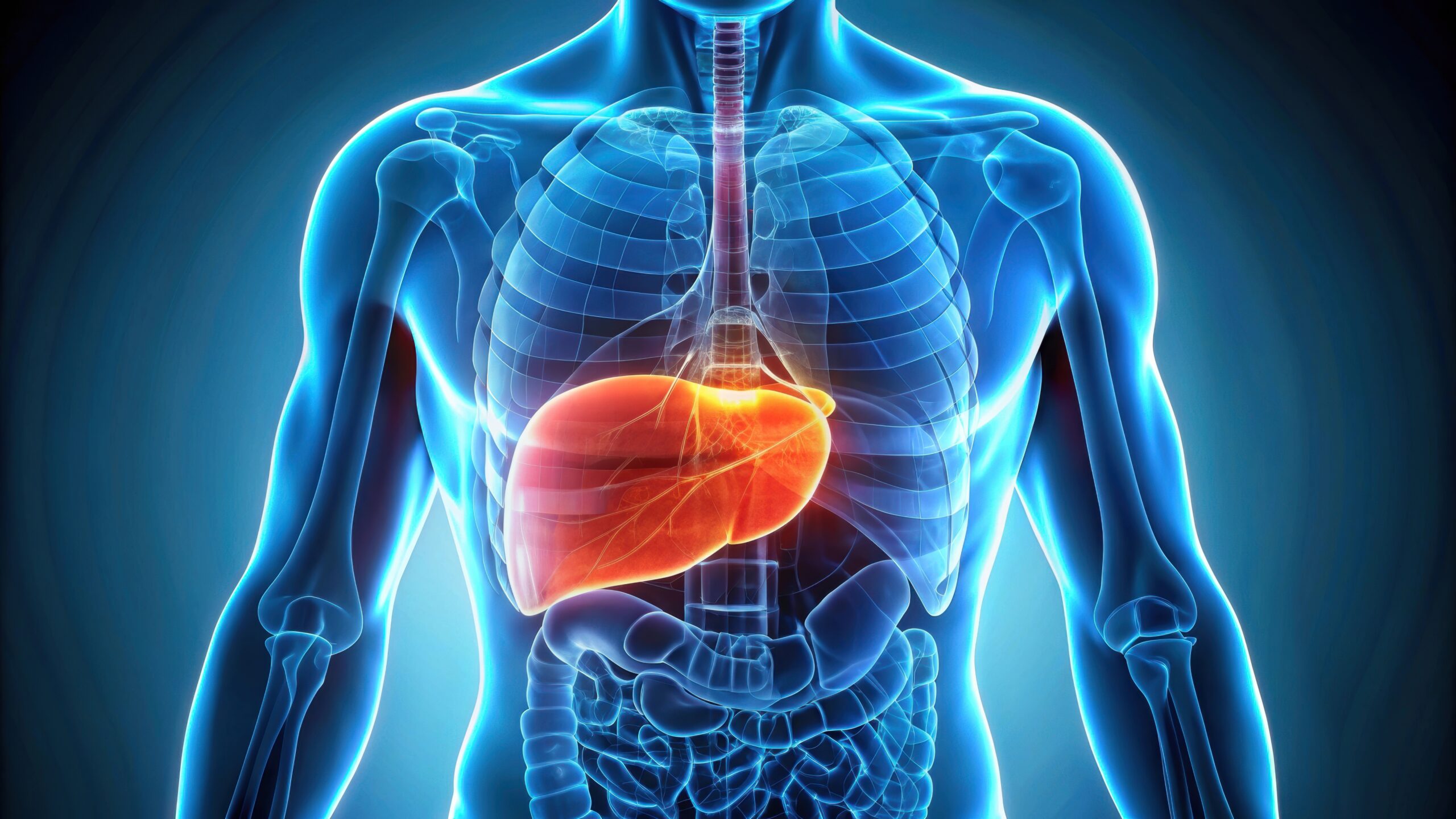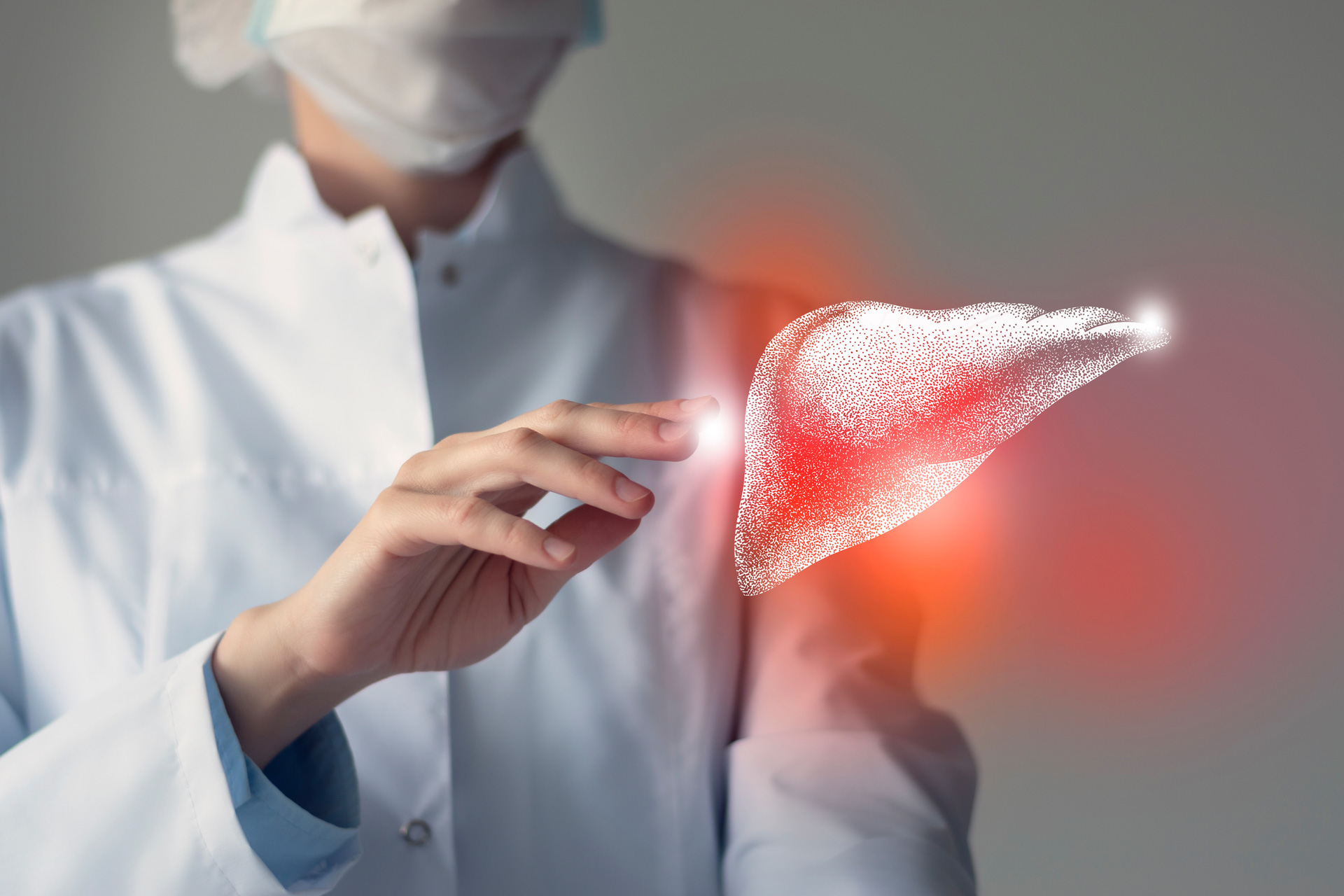Non-invasive diagnostics
OWLiver® Test
The OWLiver® Test is the only non-invasive diagnostic blood test to diagnose all harmful stages of MASLD (Metabolic Dysfunction-Associated Steatotic Liver Disease). By means of an advanced lipidomic analysis of fasting blood samples reflects liver fat content, inflammation, and fibrosis.

Non-invasive diagnostics
About OWLiver® Test
Developed by Rubió Metabolomics, the OWLiver® Test is a CE-marked in vitro diagnostic medical device, complying with Directive 98/79/EC. It is based on a retrospective study in which patients had previously been diagnosed using the gold standard for this disease, liver biopsy.
The development and validation of the OWLiver® test was based on a multicenter and multiethnic study, that included patients with a body mass index exceeding 25 kg/m² and various degrees of type 2 diabetes mellitus, including non-diabetics, controlled diabetics, and diabetics with poor glycemic control.
Progression of Hepatic Disease

HEALTHY LIVER
Less than 5% of liver cells contain fat.Reddish brown color with uniform texture.
Average weight between 1400 and 1800 grams.
In addition to fat, inflammation and liver cell damage, scar tissue increases.
Fibrosis leads to loss of elasticity and liver function.
It significantly increases the risk of death from cardiovascular disease.
Between 10-15% of people with steatohepatitis progress to cirrhosis.
In patients with F4 there is a high risk of developing end-stage liver diseases, such as liver cancer.

HEPATIC STEATOSIS
More than 5% of liver cells contain fat.The liver takes on a mottled, soft, pale yellow appearance and increases in size.
Approximately 25-30% of the world’s population has hepatic steatosis.
In people with obesity or type 2 diabetes mellitus, the incidence increases to 70%.

STEATOHEPATITIS WITH FIBROSIS (F0-F1)
Between 15-20% of people with hepatic steatosis develop steatohepatitis.Inflammatory infiltrates and liver cell damage (ballooning) are observed.
Fibrosis or scarring begins to appear.
The risk of death from cardiovascular disease increases.

STEATOHEPATITIS WITH FIBROSIS (F≥2)
The liver is significantly reduced in size and appears brownish in color.In addition to fat, inflammation and liver cell damage, scar tissue increases.
Fibrosis leads to loss of elasticity and liver function.
It significantly increases the risk of death from cardiovascular disease.
Between 10-15% of people with steatohepatitis progress to cirrhosis.
In patients with F4 there is a high risk of developing end-stage liver diseases, such as liver cancer.
Best practices guidelines
SAMPLE COLLECTING AND SHIPMENT

The information contained in this area is directed exclusively to healthcare professionals.








